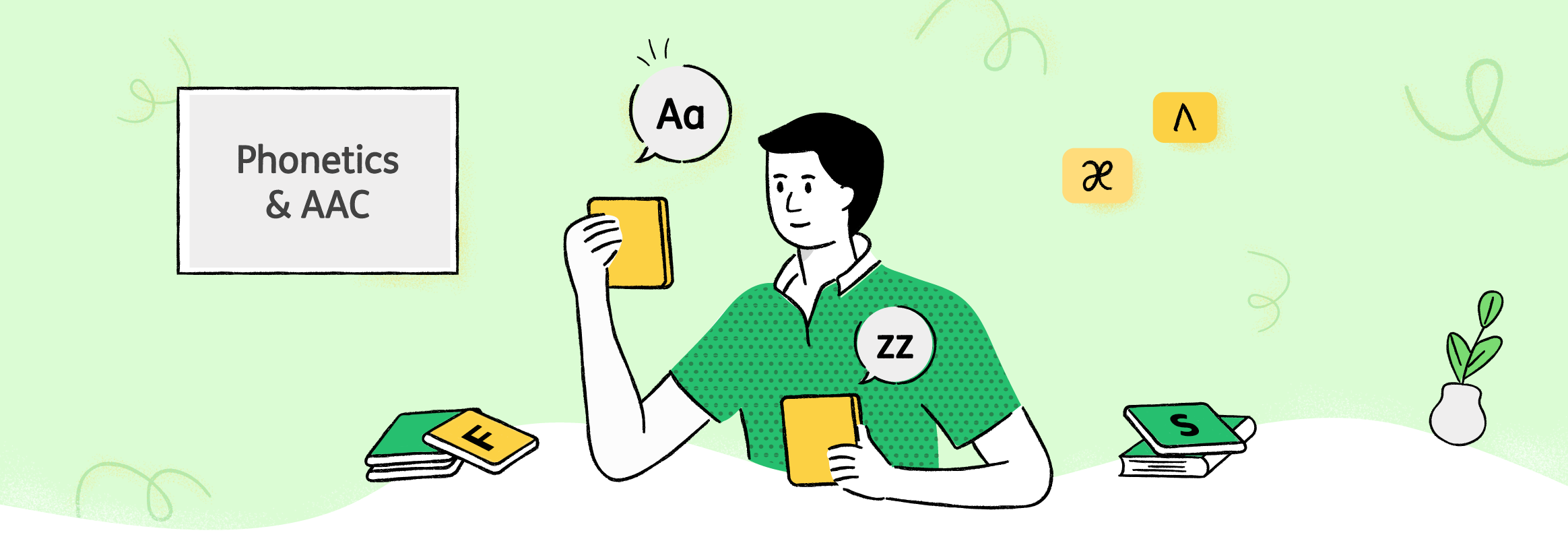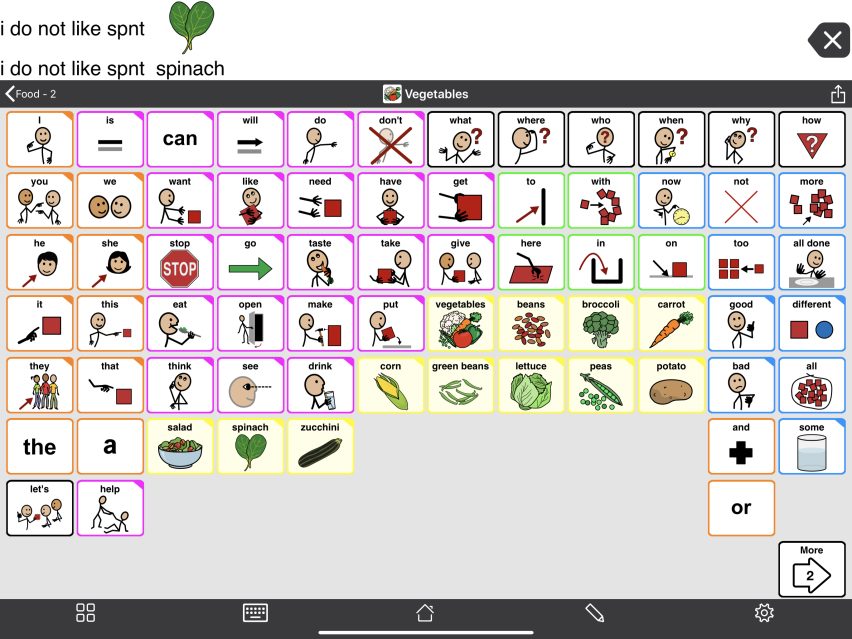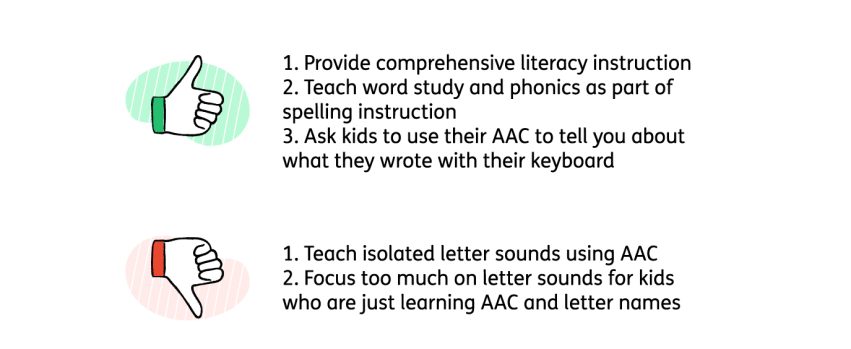One letter, multiple sounds
The problem with phonetic spelling is that English is not phonetic. English uses 26 letters to represent 44 sounds. There are multiple sounds associated with individual letters (e.g., the F in FAN vs. OF). There are multiple letter combinations that can represent the same sound (e.g., the sound in FAN, GRAPH, HALF, or LAUGH). Phonetic keyboards oversimplify the alphabet and associate only one sound per letter. Phonetic keyboards can support very early spelling attempts but disrupt the problem-solving of spelling as soon as students move past the simple consonant-vowel-consonant stage.
Take the letter S. We all know S for the sound we hear in SNAKE or SAY. But at the end of a word, S often represents a sound we associate with Z, like SAYS or BEDS.
Vowels are even more complicated. A is for apple, right? Sometimes! The letter A represents 9 different sounds in English. Listen to the sounds of A in these common words: MAN, MANY, MANE, WAS, WATER, WAR, TUNA, READ, and GARBAGE. A phonetic keyboard could help spell only the first word. It would interfere with trying to spell the other 8.
A phonetic keyboard interferes with problem-solving on how to spell common sight words, such as AS, OF, FAR, LOOK, WAS, and ONE. It can interfere with learning morphology, such as when students turn DOG into DOGS.






